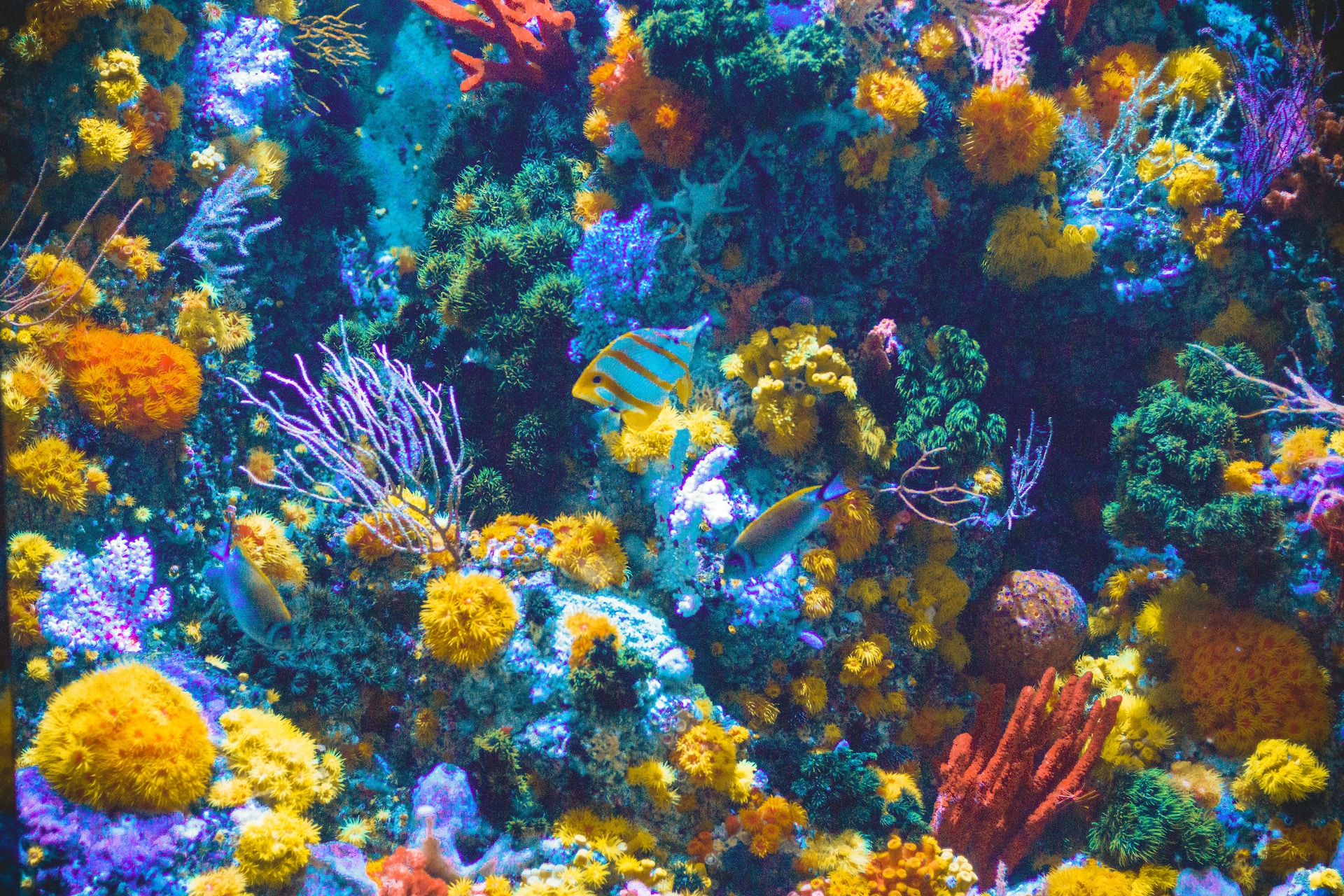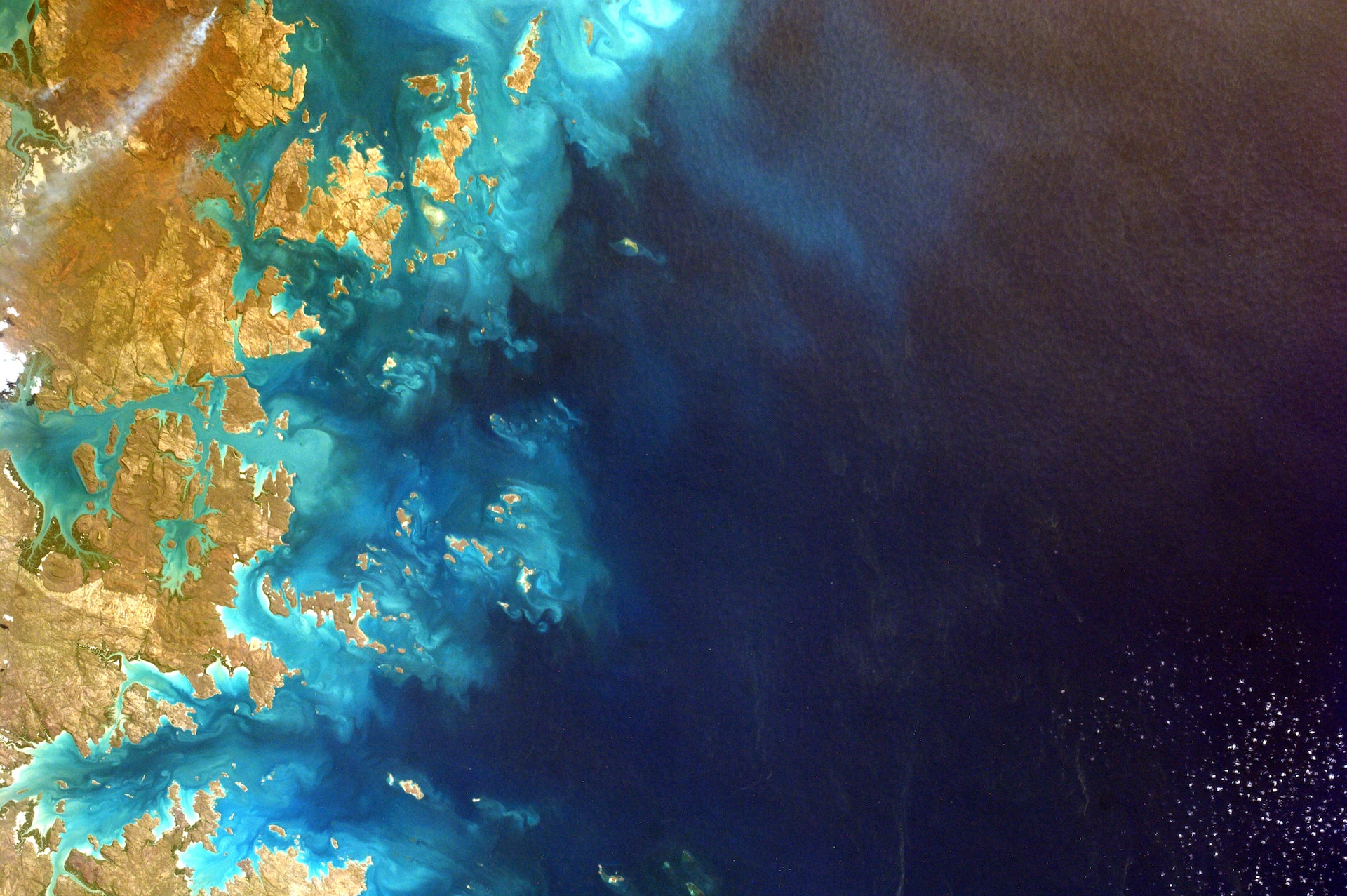
Deep-Sea Coral Crisis: Bleaching Discovered 90 Metres Below Indian Ocean Surface
In an unsettling turn of events, scientists have unearthed evidence of coral reef bleaching at unprecedented depths, a worrying 90 metres beneath the Indian Ocean’s surface. This startling discovery challenges the previous belief that deep-sea corals remained largely untouched by the devastating impacts of global warming.
Indian Ocean Dipole to Blame
The intense bleaching is linked to a dramatic 30% rise in sea temperatures, a consequence of shifts in the Indian Ocean dipole. Such extreme temperature fluctuations have compromised the health and vibrancy of up to 80% of coral reefs in certain seabed regions—areas that, until this point, were believed to be somewhat immune to the damaging effects of ocean warming.
Advanced Technology Sheds Light on Coral Health
This disconcerting information came to the forefront during a research mission in November 2019. The team of experts from the University of Plymouth relied on cutting-edge remotely operated underwater vehicles (ROVs) fitted with high-definition cameras. Their main objective was to assess the condition of corals nestled deep below the ocean’s surface.
The Essential Role of Coral Reefs
Often referred to as the “rainforests of the sea”, coral reefs play a crucial role in maintaining oceanic health. Beyond providing refuge and nourishment to countless marine species, they hold a central position in the marine food chain.

The degradation of these ecosystems sends shockwaves throughout the marine environment, with implications for both marine organisms and human populations that rely on them.
Human Influence Exacerbates Natural Phenomena
While the Indian Ocean dipole, a known climatic event, naturally induces variations in sea temperatures, human-driven climate change is amplifying the severity and regularity of these temperature shifts. During its positive phase, this phenomenon results in an accumulation of warmer waters in the western portion of the Indian Ocean, thereby elevating sea surface temperatures.
A Global Wake-Up Call
Dr. Emily Hughes, a respected marine biologist from the University of Plymouth, voiced her deep concern over the matter. “The belief that the ocean’s depths might offer a safe haven for corals from rising temperatures has been with us for years. This discovery brutally dispels such hopes,” she remarked, emphasizing the broad-ranging repercussions, not just for coral ecosystems but for the numerous species dependent on them.
More than Just an Oceanic Issue
The gravity of this revelation extends far beyond the Indian Ocean. It stands as a grim testament to the unchecked destruction that climate change is meting out across the planet. Such “hidden damage”, often overshadowed or insufficiently covered, could trigger unforeseen shifts in worldwide ecosystems.

An Urgent Plea for Action
Echoing the sentiments of many in the scientific community, Dr. Hughes implored, “It’s a clarion call for humanity. The need for swift and decisive action against climate change has never been clearer. The fact that even these depths, once viewed as sanctuaries, are now at risk speaks volumes about the colossal challenge before us.”
The Path Forward
As the global community wrestles with the tangible impacts of climate change, the Indian Ocean’s bleached corals serve as a somber testament to the planet’s vulnerability. The responsibility now rests squarely on the shoulders of world leaders, decision-makers, and communities worldwide to unite and reverse the tide of destruction before time runs out.
©eco-guardians.org